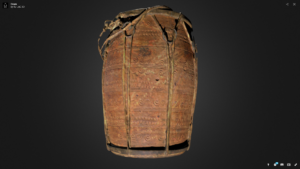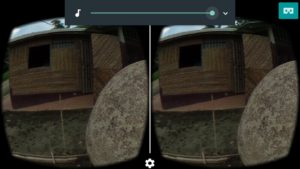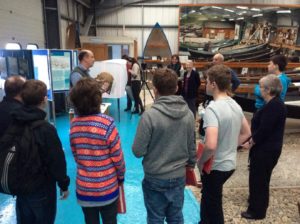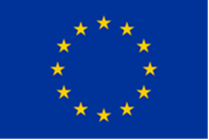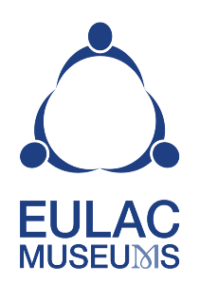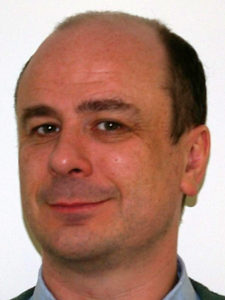Virtual Museums
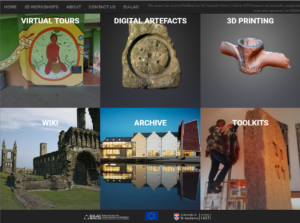
Dr Alan Miller, Dr Karen Brown & Catherine Cassidy | School of Computer Science, School of Art History & Open Virtual Worlds
Recent advances in the computational power and graphic capabilities of mobile phones and computers make possible a new generation of Active Virtual Museums. They will empower communities to express their heritage with 360 and 3D technologies. “As well as their traditional role of collecting, preserving and sharing rich collections, museums now find that they play an increasing role in supporting the development of communities.” Museums Association of Britain. Museums also play an important economic role through tourism. Virtual museums complement physical museums by improving accessibility, providing different perspectives and engaging new audiences. The development and spread of digital literacies underpins the Active Virtual Museum project can extend participation in the life of museums.
Why is it important research?
This improves user experience, empowers community participation and widens engagement with cultural heritage. It has enabled us to develop a Virtual Museum framework to make it easy for museums and heritage organisations to realise the opportunities offered by emergent technologies.
What is the research?
The research focusses on the challenges arising from the application of emergent mobile and immersive technologies to community and is informed by a practice based methodology where real world use cases are explored. A system strand investigates the relationship between Quality of Service and quality of experience to optimise the value users get from systems. A second strand investigates the functionality that meets real world requirements of museums and strand investigates the relationship between technology, museums, community and tourism.
How as it been applied?
We conceive of the Virtual museum framework as mirroring and providing support for the activities of real world museums. The Virtual Museum provides support for the creation of digital exhibits using 3D and 360 media. It has been used in and developed through the EU-LAC Museums Horizon 2020 project, in which St Andrews is a lead partner. The Virtual Museum is an output of a series of workshops that have been held in community museums across Latin America the Caribbean and Europe. The virtual museum provides support for:
- Virtual reality immersive tours using Google Cardboard and mobile phones.
- Creating Galleries of 3D artefacts for embedding in websites, social media and exhibitions.
- Developing Virtual Tours of museums and their environs, using 360 media.
- A community facing wiki, which enables interpretation and engagement.
- Support for upload of media, archiving and creation of meta data.
- A toolkit to support the creation of 360 and 3D media.
Information is also organised spatially by an interactive mapping interface which allows the geolocation of museums, galleries, tours and objects. The research is important because it enables the use of Virtual reality, 360 tours and 3D technologies within a Virtual Museum context.
Underlying research for this work has been supported by EPSRC studentships, application of the research was supported by EPSRC Impact Acceleration Account. Development of the EU-LAC Virtual Museum has been a collaboration between the Schools of Computer Science and Art History, with the participation of community museums.
This project has received funding from the European Union’s Horizon 2020 Research and innovation programme under grant agreement No 693669.
